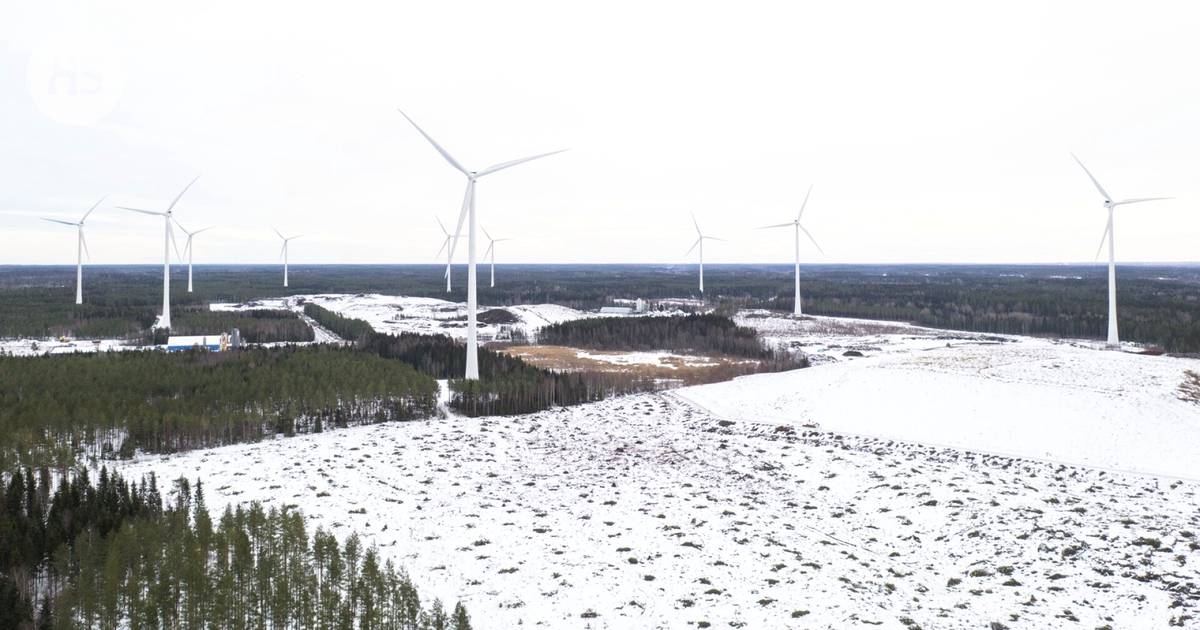According to a study by the University of Eastern Finland, the wind power boom may stifle local opposition.
To Finland new wind power has been built a lot and quickly. If the combined effects of wind power areas are not taken into account better than before, local opposition may rise and construction will be stalled.
This is what a professor at the University of Eastern Finland concludes Lasse Peltonen and project researcher Jakob Donner-Amnell fresh in his reportwhere the acceptability of wind power has been studied by interviewing experts in the field and using an online survey.
According to researchers, the local acceptability of wind power is being tested in Finland.
The key word is “local”. Wind power is still widely accepted by society and the market.
The negative aspects become felt where wind turbines are erected. In recent years, many new areas in Finland have become familiar with wind turbines. The year 2022 was a record year for construction.
“The general acceptability of wind power has remained at a high level in opinion polls, but at the local level the picture is multifactorial; the effects become more concrete and many wind power projects are controversial,” the researchers write.
The survey was funded by the Ministry of the Environment and the Tiina and Antti Herlin Foundation.
Usually In connection with wind power, landscape, flash and noise problems are discussed. Researchers want to deepen this picture.
Acceptability can also be eaten away by feelings of injustice.
The owner of the wind farm land receives a good annual rent and is allowed to participate in the negotiations from the beginning. At the same time, other landowners feel unfair if the forests required by the power line are redeemed based on the Redemption Act and at a perceived low price.
”
Acceptability in Sweden has been weakened by the polarization of the energy policy debate.
In addition researchers would pay attention to the combined effects of several wind power areas located in the same landscape. One area may not yet disturb the local nature significantly, but several areas can.
“It is seen as a problem that market-driven wind power construction is fast, but development in Finland is not really coordinated through politics, but is left to the responsibility of project operators, municipalities, landowners and regional authorities and proceeds somewhat haphazardly,” the researchers write.
Acceptability is also affected by the use to which the electricity from wind turbines ends up. If, for example, clean electricity brings jobs to the area, acceptability will improve.
Conclusion about the importance of acceptability is also based on the examples of Sweden and Norway, which are presented in the report.
In Norway, the construction of onshore wind power has become difficult after citizens reacted strongly to reducing the power of municipalities in the siting of power plants.
Acceptability in Sweden has been weakened by the polarization of the energy policy debate and the fact that in Sweden the property tax income from wind turbines goes to the state coffers and not to the municipalities, as in Finland.
